overleaf template galleryCommunity articles — Recent
Papers, presentations, reports and more, written in LaTeX and published by our community.
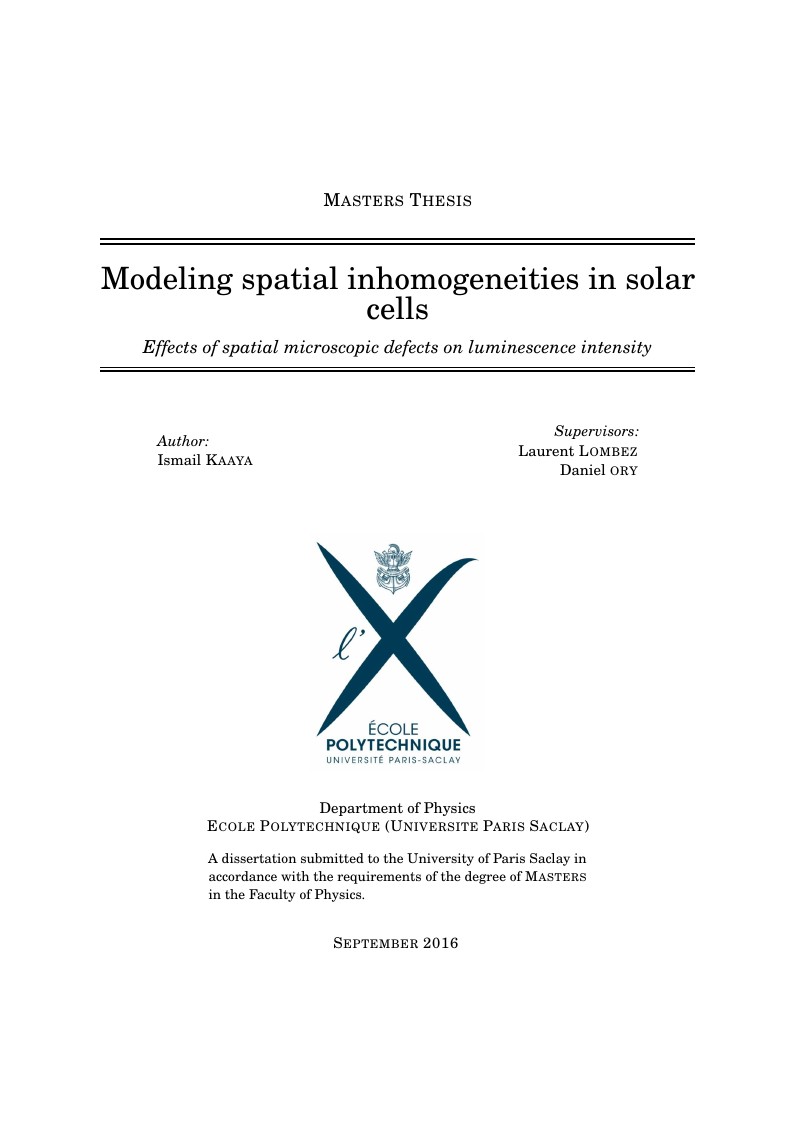
Microscopic spatial defects (inhomogeneities) in solar cells have a detrimental impact on the overall performance of the solar cells. These defects can be due to the polycrystalline nature of the photovoltaic absorber (general case) or on the other hand, the characterization method itself can induce such inhomogeneities (ex: local excitation with confocal system). Photoluminescence imaging in particular is the most attractive type of experimental character- ization technique which has been studied by many research groups. Since it is contactless, it allows a complete analysis of the photovoltaic material and it can actually be performed at each step of the solar cell fabrication process. To properly analyze the recorded images, one has to model the transport properties. In this work we model the transport properties in 2D using both a numerical and analytic approach. First,we model the global illumination of the sample, we then analyze the effects of grains and surface recombination. Second, we study lateral transport that can be influenced by recombination at the surface (passivation issues), grain boundaries (polycrystalline cells) or local artifacts (shunts, defects...). At the same time we are able to extract the lifetime knowing the generation rate and solving the excess carrier density from our model. And finally we implement our model to extract some cell parameters like the diffusion length from experimental data through data fitting.
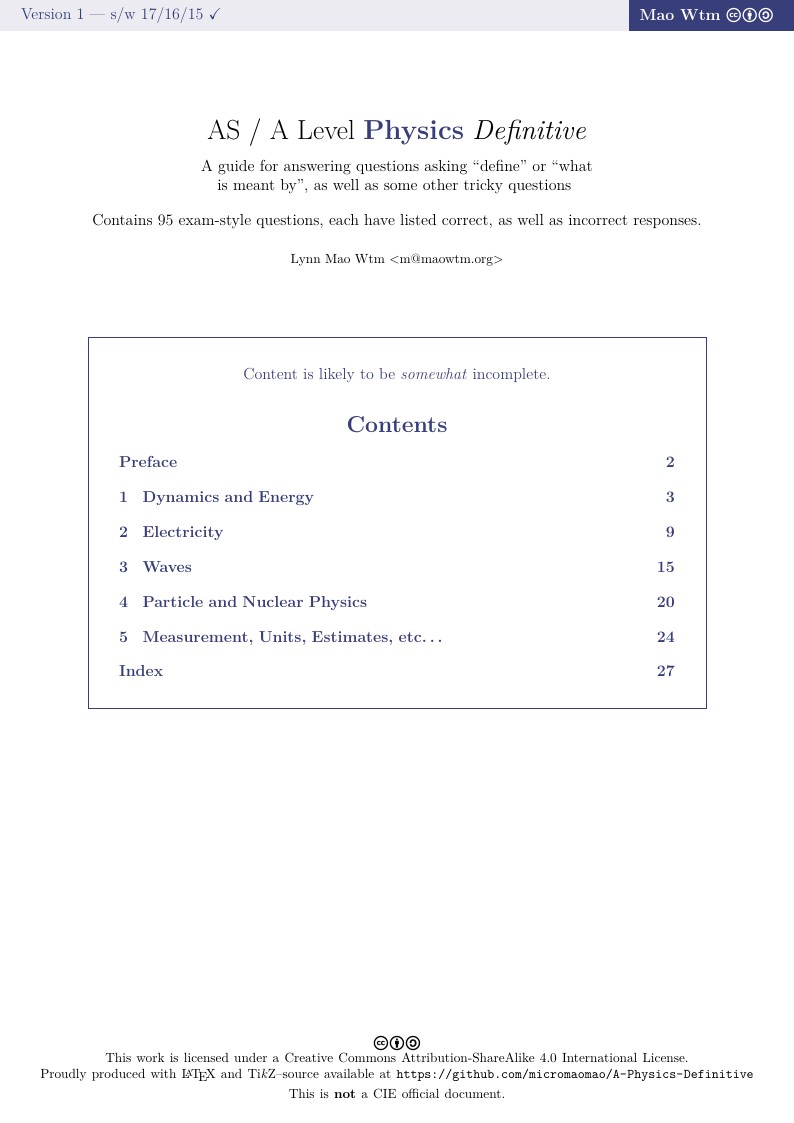
This is written as a learning material for high school students, but since it is in LaTeX, I submitted it to the Overleaf Gallery. A guide for answering questions asking “define” or “what is meant by”, as well as some other tricky questions.
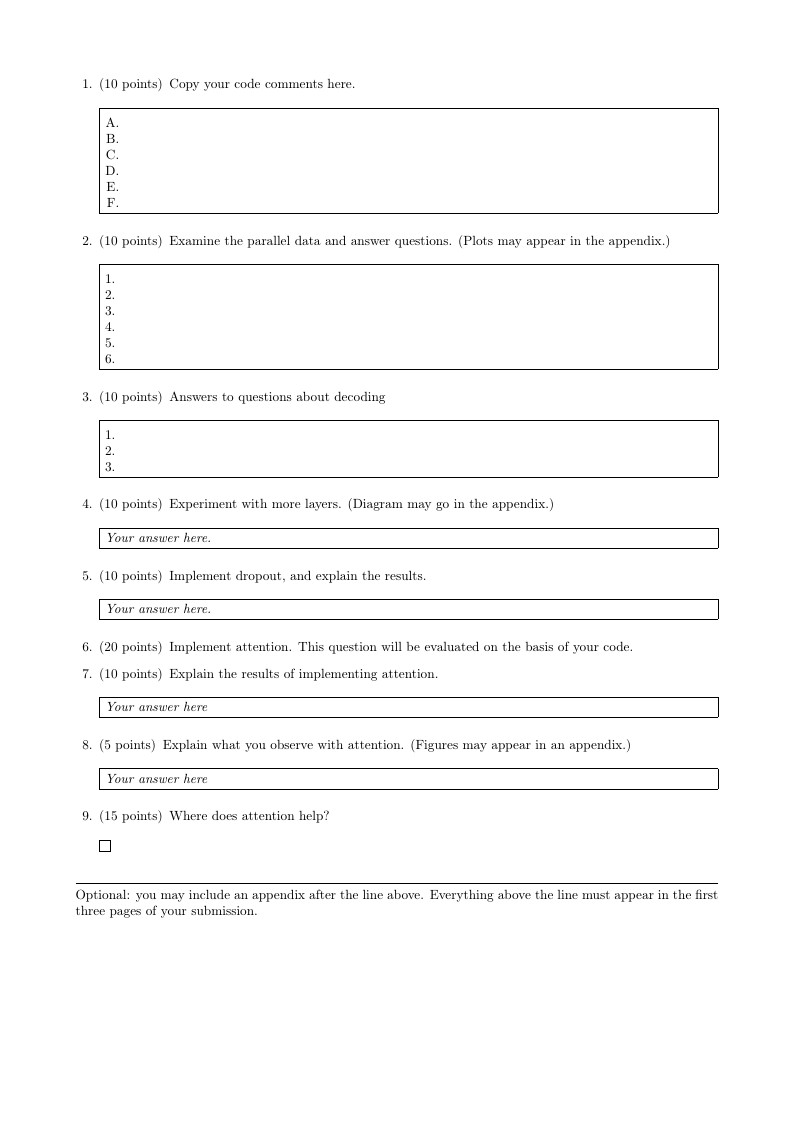
Fill in for HW1
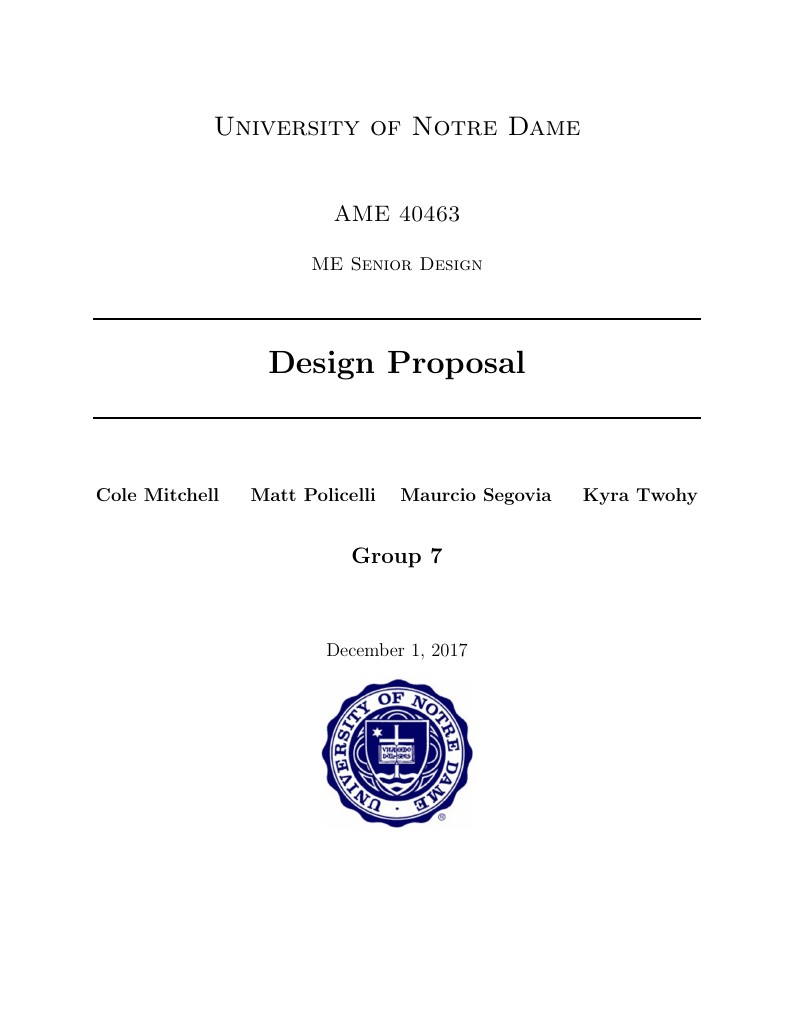
AME Fall '17 Senior Design
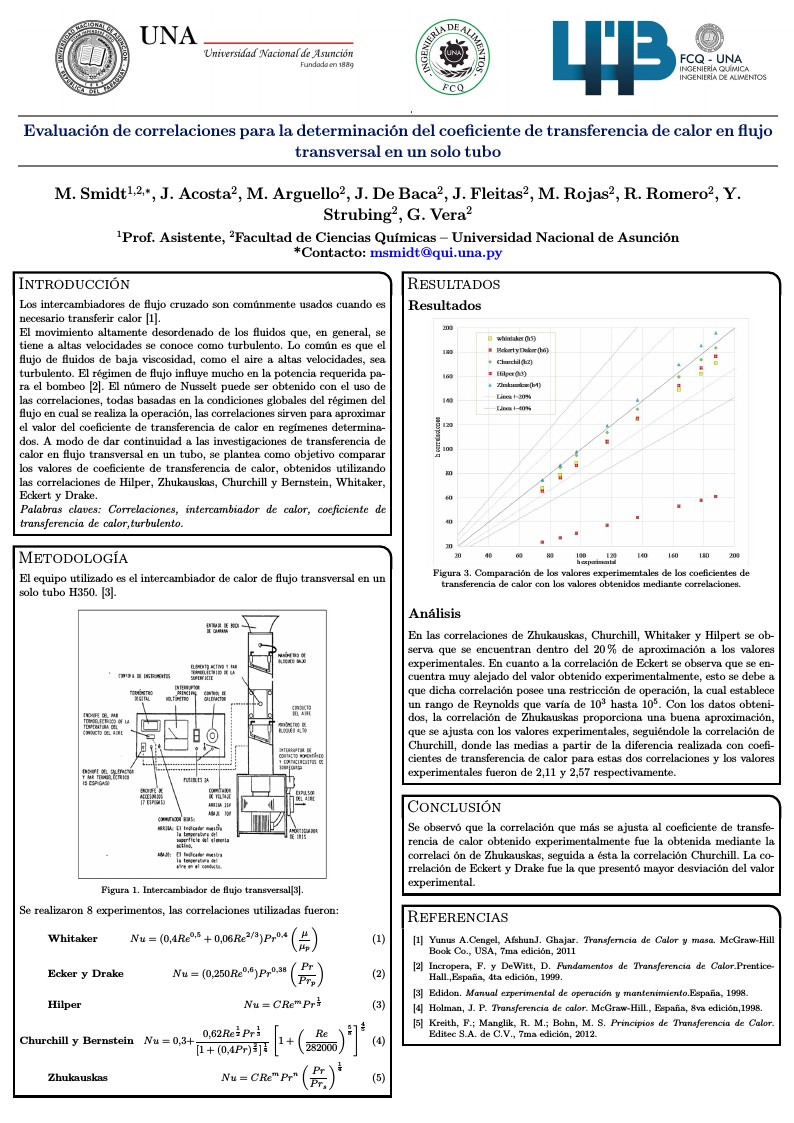
evaluacion de correlaciones para la determinacion del coeficiente de transferecia de calor en un solo tubo
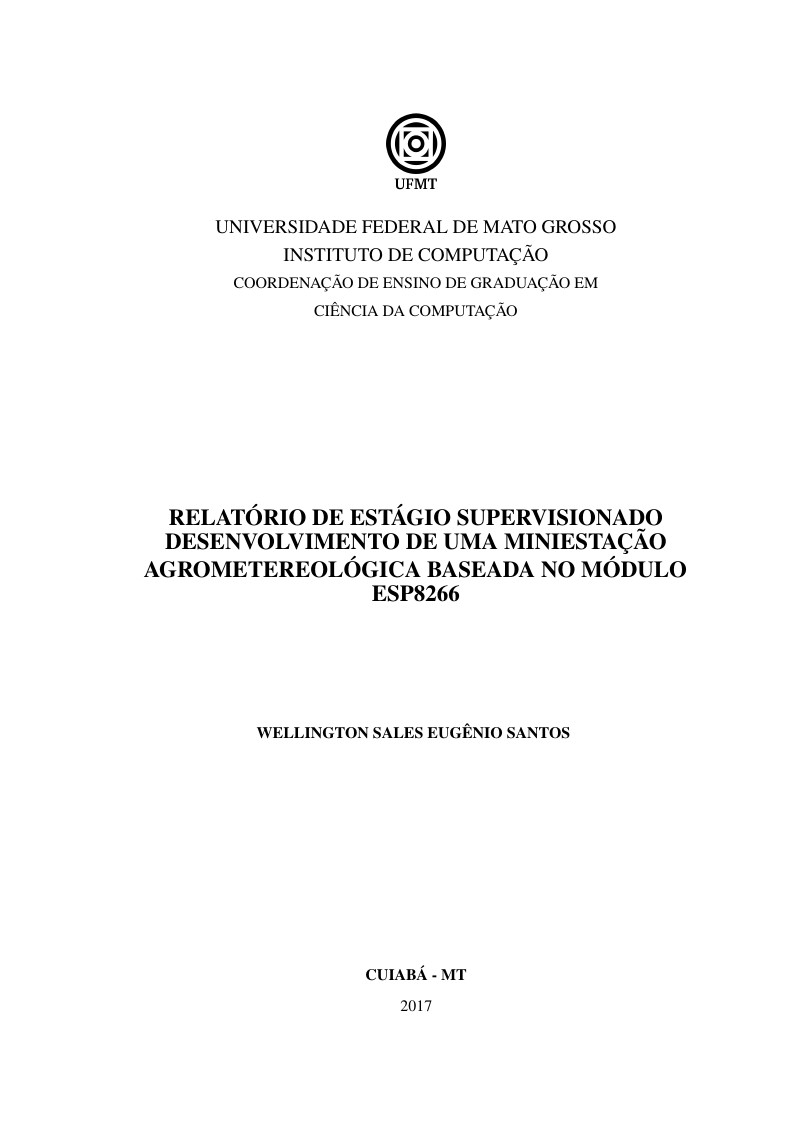
Relatório de estágio desenvolvido para a obtenção do título de Bacharel em Ciência da Computação no Instituto de Computação na Universidade Federal de Mato Grosso.
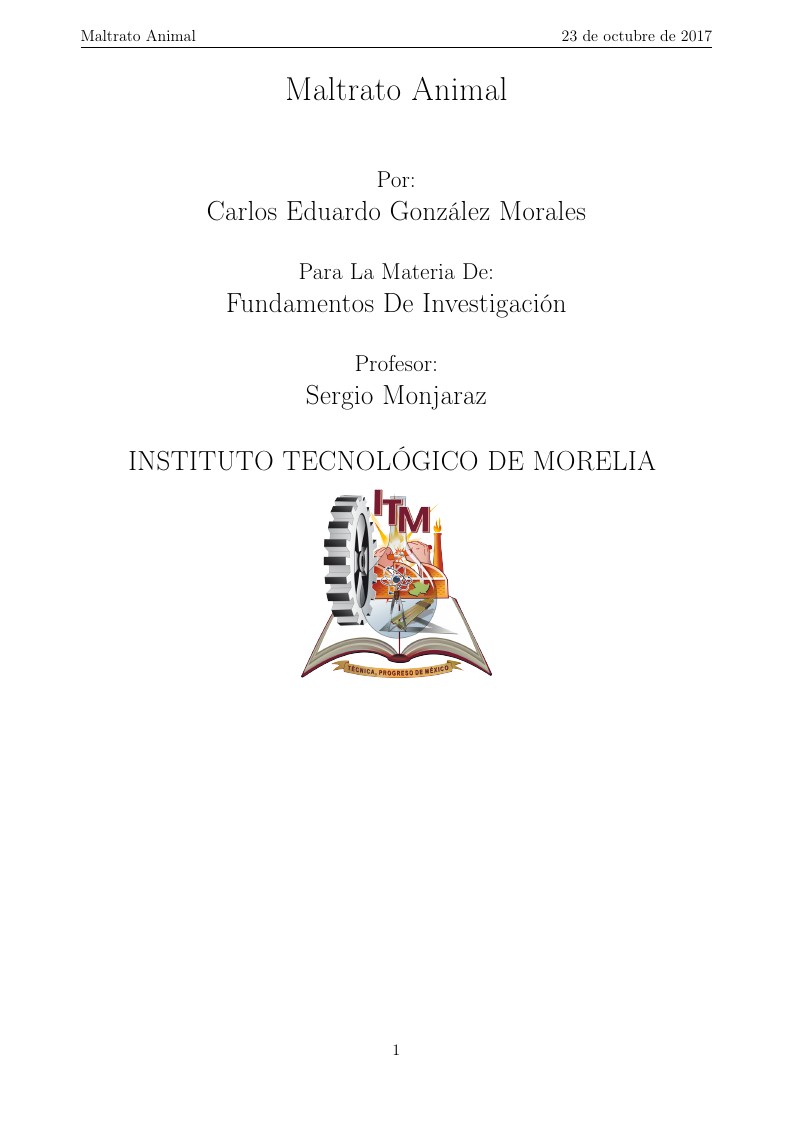
informe de investigacion
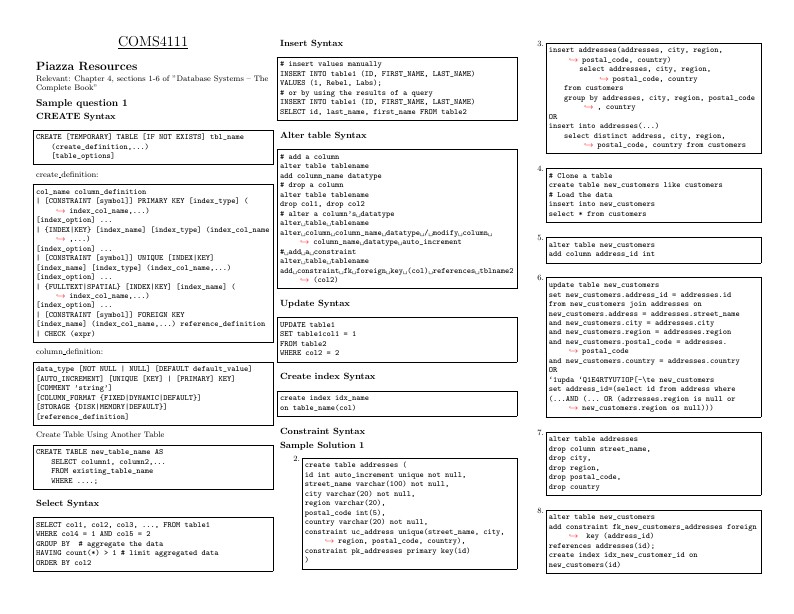
A cheat sheet for computer science students. The code style is user-friendly.
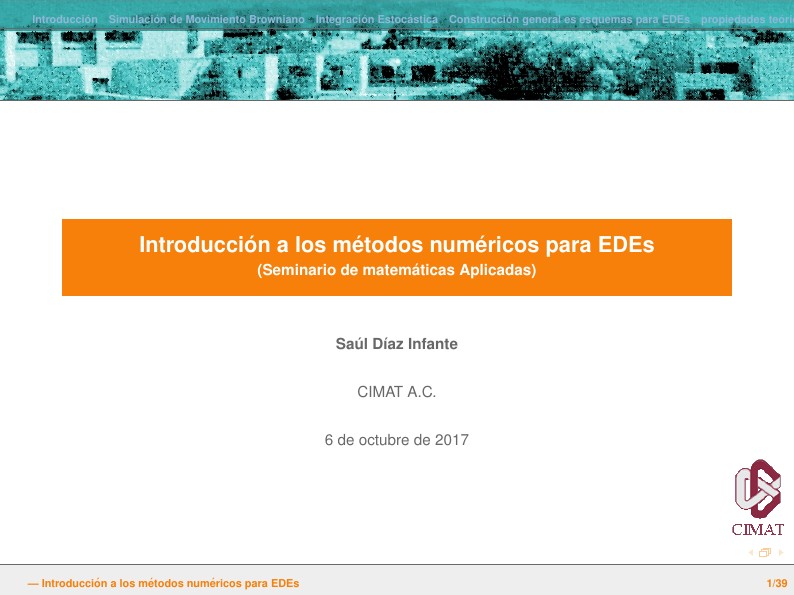
Beamer presentation with bibunits features, and header formatting alternatives.
\begin
Discover why over 20 million people worldwide trust Overleaf with their work.